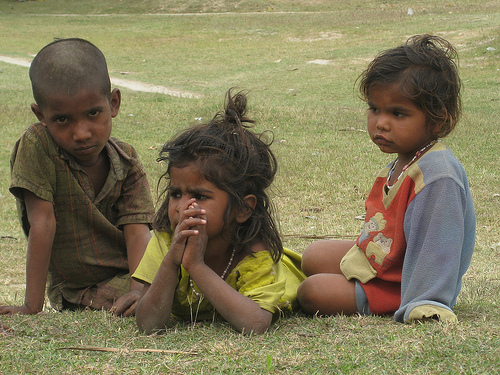Poverty falls fast for dalits and Muslims
By Swaminathan S Anklesaria Aiyar,
3 Nov, 2013
 During the period of fast economic growth in the 2000s, how did poor minorities fare? Some heartening answers have been provided in a Columbia University paper by Panagariya and More (Poverty by Social Religious and Economic groups in India and its Largest States, 1993-94 to 2011-12 ). Poverty has declined much faster for dalits and tribals than for upper castes or the overall population. And it has declined faster for Muslims than for Hindus or the national average.
During the period of fast economic growth in the 2000s, how did poor minorities fare? Some heartening answers have been provided in a Columbia University paper by Panagariya and More (Poverty by Social Religious and Economic groups in India and its Largest States, 1993-94 to 2011-12 ). Poverty has declined much faster for dalits and tribals than for upper castes or the overall population. And it has declined faster for Muslims than for Hindus or the national average.
Using the so-called Tendulkar poverty line (which is close to the UN and World Bank’s poverty line), the two economists calculate that in the seven years between 2004-05 and 2011-12 , the all-India poverty ratio fell by 15.7%. The decline was much higher at 21.5% for dalits and 17.0% for tribals. The decline in the poverty ratio of the upper castes was much lower, at 10.5%.
This represents very substantial progress in poverty reduction. In the earlier decade, between 1993-94 and 2004-05, the decline was only 9.6% for dalits and 3.7% for tribals. The overall poverty ratio declined by 8.0%.
In as many as 12 states, the poverty ratio for dalits was actually lower than the national average. This is an astonishing achievement which shows that the caste gap, which once yawned as wide as the Brahmaputra, is now closing fast. In the Hindi heartland (nicknamed the BIMARU states), dalit progress continues to be modest. But in southern and western India, dalit poverty has fallen dramatically. It is lowest in Kerala and Tamil Nadu.
The news for Muslims is also good. Their poverty ratio declined in this seven-year period by 18.2%, faster than the 15.6% for Hindus. The absolute level of Muslim poverty remains higher than of Hindus. But the gap has almost halved, from 6.1% in 2004-05 to 3.5% in 2011-12.
In rural areas, the difference has almost disappeared. But in urban areas it remains high. Muslim literacy and school graduation rates are far lower than for Hindus, partly because of lower school enrolment of girls. Unsurprisingly, this leads to a poverty gap between the two communities. The good news is that the gap in both poverty and school enrolment is closing.
The Sachar Committee in 2006 portrayed Muslims as a disadvantaged community, especially in education, bank loans and representation in government jobs. But it revealed that Muslim poverty was declining much more sharply than Hindu poverty. That trend has continued.
Source: The Economic Times





